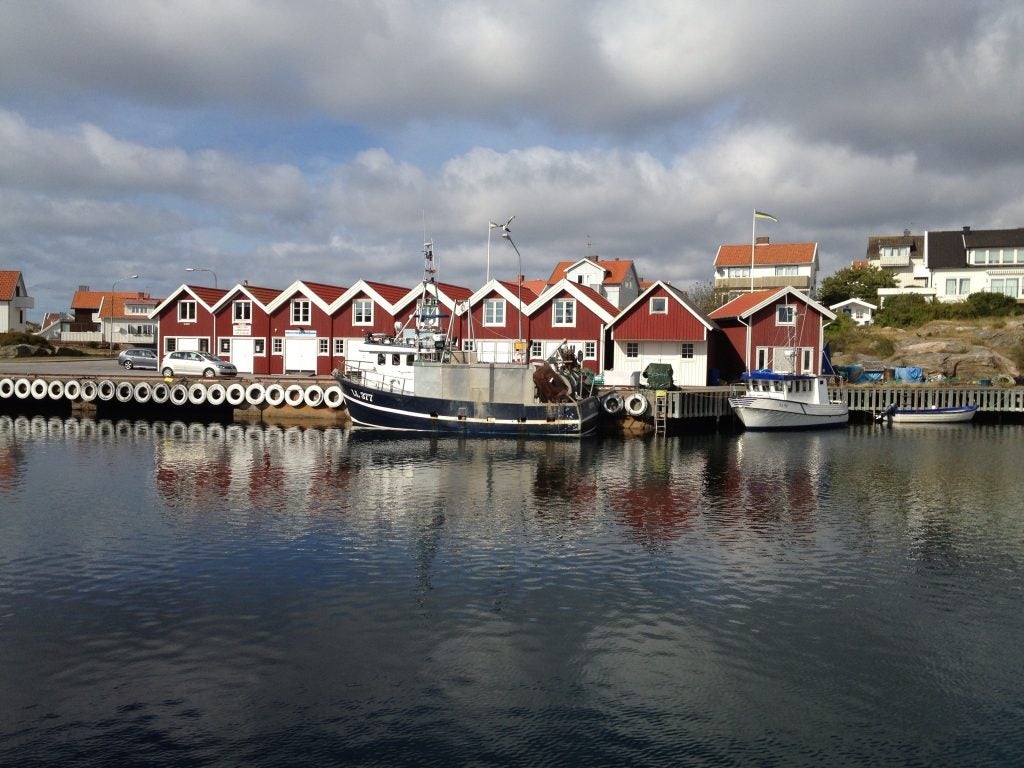 *Update: We are delighted to announce that on Friday 16th December 2016 the Swedish Government released a final version of the new demersal management framework: enshrining in law a system which Swedish fishermen have been working towards for two years. This announcement is the culmination of a co-management process that has seen fishing industry and policy-makers collaborating to develop a strong working relationship, and a management system, that hopefully will be resilient to challenges and secure a long-term, sustainable future for Sweden’s demersal fleet. We’re heading into 2017 with great optimism for fishing communities: who are now able to adapt their fishing practices to meet the Landing Obligation, and fish safely and prosperously according to weather and season. While this is a moment of celebration for all involved in the process, EDF is committed to seeing this system working well on the water and will be alongside fishermen as they implement the new rules, supporting this step-change in their daily activities.*
*Update: We are delighted to announce that on Friday 16th December 2016 the Swedish Government released a final version of the new demersal management framework: enshrining in law a system which Swedish fishermen have been working towards for two years. This announcement is the culmination of a co-management process that has seen fishing industry and policy-makers collaborating to develop a strong working relationship, and a management system, that hopefully will be resilient to challenges and secure a long-term, sustainable future for Sweden’s demersal fleet. We’re heading into 2017 with great optimism for fishing communities: who are now able to adapt their fishing practices to meet the Landing Obligation, and fish safely and prosperously according to weather and season. While this is a moment of celebration for all involved in the process, EDF is committed to seeing this system working well on the water and will be alongside fishermen as they implement the new rules, supporting this step-change in their daily activities.*
Sweden, along with the rest of the EU, is tackling the challenge of phasing out the discarding of fish. While Sweden is a relatively small fishing nation in relation to our Scandinavian neighbours, the conditions for sustainable fisheries and co-management structures are strong. This is especially true after a recent fishermen-led collaboration resulted in recommendations for a new management plan designed to meet the challenges of the discard ban while ensuring a prosperous future for their businesses.
The word “co-management” means a lot of different things to a lot of different people. This is especially true when it comes to policymaking processes. I have been working closely with fishermen to improve fisheries management for three years. In this blog post I want to illustrate what co-management means to me and my work and why I believe it is so important to recognize that fishermen are at the centre of lasting solutions. Read More


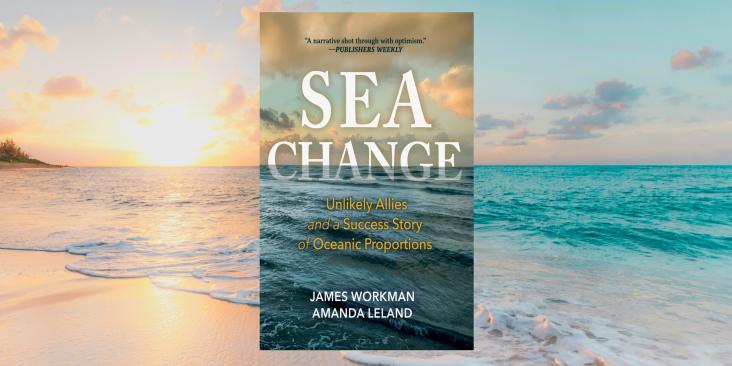



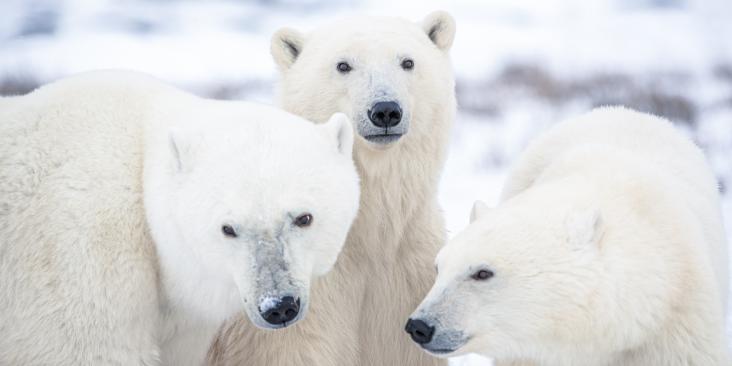


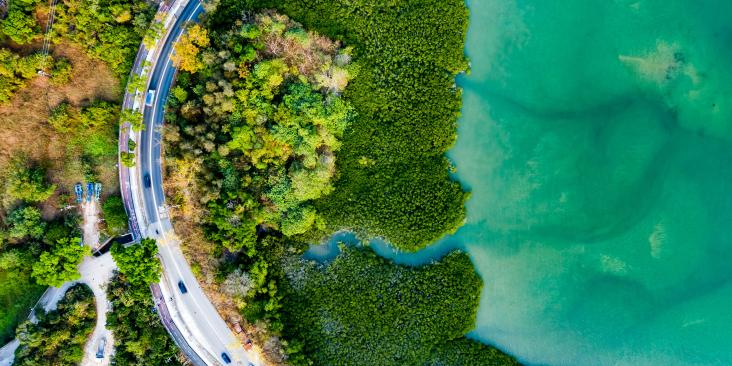
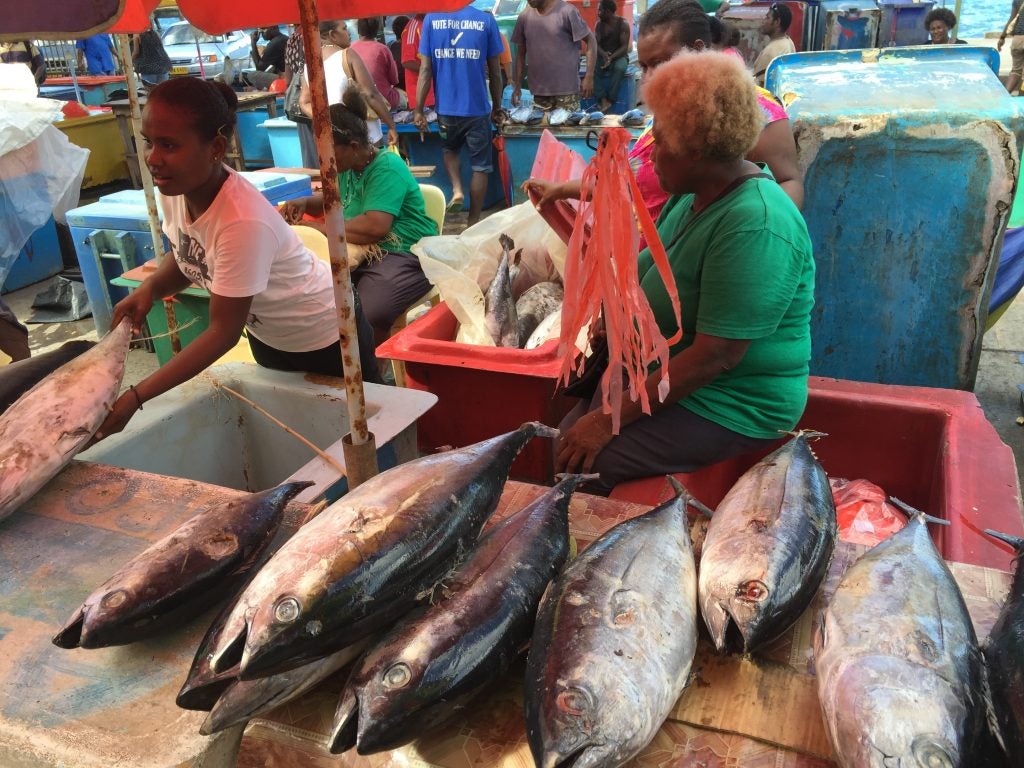 Tuna are one of the most iconic fish species, recognized all over the world for their importance ecologically, economically and culturally. As top predators, tuna—like sharks—are extremely important in structuring and regulating marine ecosystems, which in turn helps make the ocean more resilient to a changing climate and other stressors. Tuna are one of the most popular seafood products consumed around the world, but at present almost half (46%) of global tuna stocks are overfished or are slightly overfished
Tuna are one of the most iconic fish species, recognized all over the world for their importance ecologically, economically and culturally. As top predators, tuna—like sharks—are extremely important in structuring and regulating marine ecosystems, which in turn helps make the ocean more resilient to a changing climate and other stressors. Tuna are one of the most popular seafood products consumed around the world, but at present almost half (46%) of global tuna stocks are overfished or are slightly overfished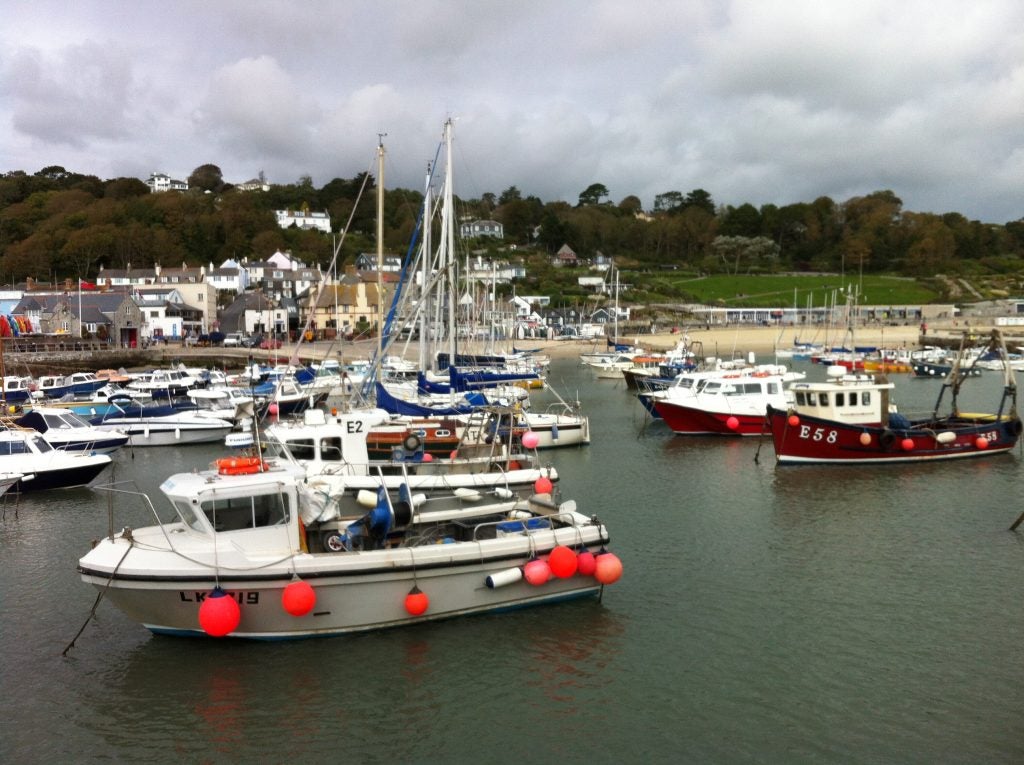 (
(
